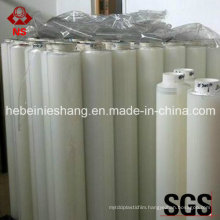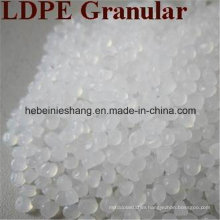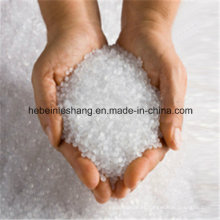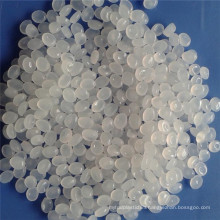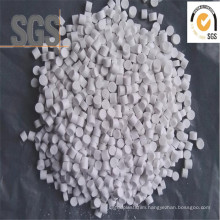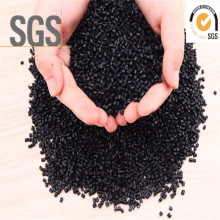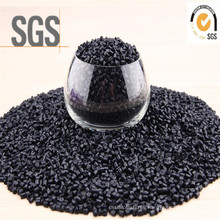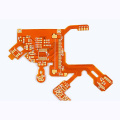4 Layer Rigid-Flex PCB for Camera
Basic Info
Model No.: 4 Layer Rigid-Flex PCB
Product Description
What is the purpose of rigid-flex PCB?
1. The characteristics of flexible PCB circuits
Flexible PCB circuit is small in size and light in weight The original design of flexible PCB circuit board is to replace the larger wire harness wire. On the current cutting-edge electronic device assembly board, the flexible PCB circuit is usually the only solution to meet the requirements of miniaturization and movement. A flexible PCB circuit (sometimes called a flexible printed circuit) is a copper PCB circuit or printed polymer thick film PCB circuit etched on a polymer substrate. For thin, light, compact and complex devices, the design solutions range from single-sided conductive lines to complex multilayer three-dimensional Mixed Assembly. The total weight and volume of the flexible assembly are reduced by 70% compared to the traditional round wire harness method. Flexible PCB circuits can also increase their strength by using reinforced materials or liners to achieve additional mechanical stability.
Flexible PCB circuit can be moved, bent and twisted. Flexible PCB circuit can be moved, bent and twisted without damaging the wires. It can comply with different shapes and special package sizes.
Flexible PCB circuit. "
Flexible PCB circuits have excellent electrical properties, dielectric properties, and heat resistance. Flexible PCB circuits provide excellent electrical properties.
Flexible PCB circuits have higher Box Build Assembly reliability and output. Flexible PCB circuits reduce the hardware required for internal connections, such as solder joints, relay lines, backplane lines and Cable Connectors I/O Connectors commonly used in traditional electronic packaging. , So that the flexible PCB circuit can provide higher assembly reliability and yield. Because the traditional interconnection hardware composed of multiple complicated systems is prone to high component misalignment rate when assembling.

2.1 Flexibility and reliability of flexible PCB circuits
There are currently four types of flexible PCB circuits: single-sided, double-sided, multi-layer and Rigid-Flex Board combination type. The single-sided flexible board has the lowest cost. When the requirements for electrical performance are not high and single-sided wiring is possible, single-sided flexible boards should be used. This most common form has already been used commercially.
double-sided flexible board is a conductive pattern made by etching on both sides of the base film. The metallized hole connects the patterns on both sides of the insulating material to form a conductive path to meet the design and use function of flexibility. The cover film can protect single and double-sided wires and indicate where the Electronic Components are placed.
Multi-layer flexible board is to laminate three or more layers of single-sided flexible PCB circuit or double-sided flexible PCB circuit together, through drilling, electroplating to form metallized holes, forming conductive between different layers path. In this way, there is no need to use a complicated welding process. Multilayer PCB circuits have huge functional differences in terms of higher reliability, better thermal conductivity and more convenient Through-Hole Assembly performance. Although the number of conductive layers designed for this flexible type can be unlimited, in designing the layout, in order to ensure the ease of assembly, the mutual influence of the Through-Hole Assembly size, number of layers and flexibility should be considered.

The flexible PCB circuit industry is undergoing small but rapid development. The polymer thick film method (PTF) is an efficient and low-cost production process for circuit boards. The process is to selectively screen print conductive polymer inks on a cheap flexible substrate. Its representative flexible substrate is PET. PTF conductors include silk-screened metal fillers or carbon powder fillers. The PTF itself is very clean, using lead-free SMT adhesive, no etching is required. Because of its use of additive technology and low-cost substrates, PTFPCB circuits are ten times cheaper than copper KaptonPCB circuits; and 2-3 times cheaper than cheap pcb manufacturing. PTF is especially suitable for the control panel of the equipment because of its low cost and easy PCB assembly and replacement under the flat graphic panel. On mobile phones and other portable products, PTF is suitable for converting components, switches and lighting devices on the PCB motherboard into PTFPCB circuits. This not only saves costs, but also reduces energy consumption.
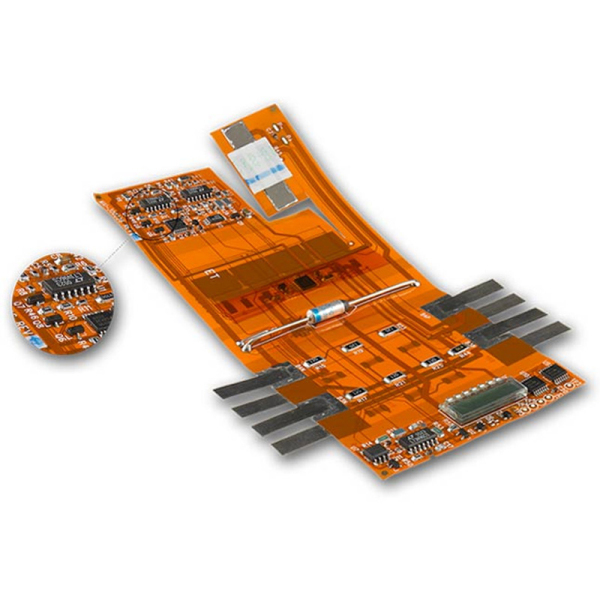
If the PCB circuit design is relatively simple, the total volume is not large, and the space is suitable, most of the traditional interconnection methods are more cost-effective. If the circuit is complex, processes many signals, or has special electrical or mechanical performance requirements, flexible PCB circuits are a better design choice.
High-cost raw materials are the main reason for the high price of flexible PCB circuits. The flexibility of the material makes it difficult to automate processing during the manufacturing process, resulting in a decrease in output; defects are prone to occur in the final assembly process, such as peeling off flexible accessories and breaking lines. This type of situation is more likely to occur when the design is not suitable for the application. Under high stresses caused by bending or forming, it is often necessary to select reinforcing materials or reinforcing materials. "Although the raw materials are relatively expensive and the manufacturing is troublesome, the foldable, bendable, and multi-layer jigsaw function will reduce the size of the overall assembly, reduce the materials used, and reduce the total assembly cost.
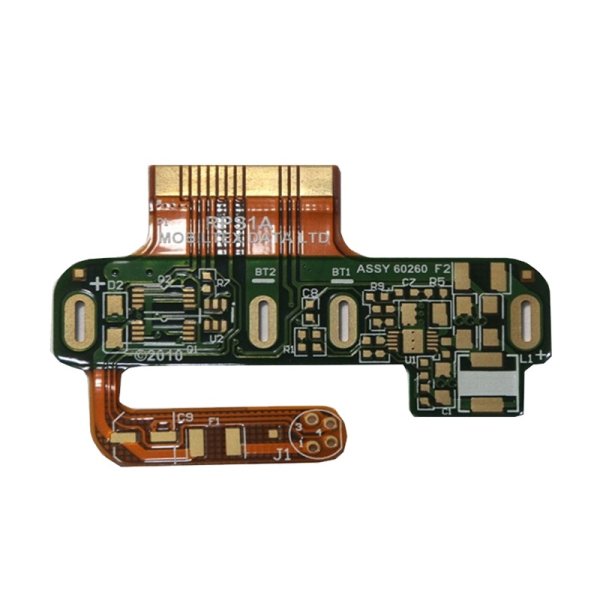
Despite the above-mentioned cost factors, the price of flexible assembly is declining, becoming close to the traditional PCB. This is mainly due to the introduction of newer materials, improved production processes and changes in structure. There is an example where the use of acrylic adhesives is eliminated on rigid-flex board assemblies with many layers. "If you build a 12 or 14-layer rigid-flex PCB circuit board, and you use acrylic in it, there will be Z-axis expansion and metallized holes failure. The current structure makes the product more thermally stable , There are few material mismatches. The output increases, and the cost is reduced. Now some newer materials can produce finer lines due to the thinner copper layer. Thinner copper layers make the components more and more lightweight and more compact. The lighter and thinner assembly makes flexible components more suitable for smaller spaces. In the past, we used a rolling process to adhere the copper foil to the adhesive-coated media. Today, it is not necessary to use an adhesive The copper foil is directly generated on the dielectric. The copper layer of several micrometers can be obtained by these technologies, so that the industry can obtain fine lines of 3 mil or even narrower width. "After removing the adhesive from the flexible PCB circuit, it is flexible PCB circuit has Flame resistant PCB performance. This can speed up the UL certification process and further reduce costs. When flexible PCB circuits continue to rapidly develop from the initial military industrial applications to civilian and consumer applications, it is even more important to obtain UL certification. The flexible board solder mask and other surface coatings further reduce the cost of flexible assembly.
Product Categories : Rigid-Flex Board > Flexible Pcb
